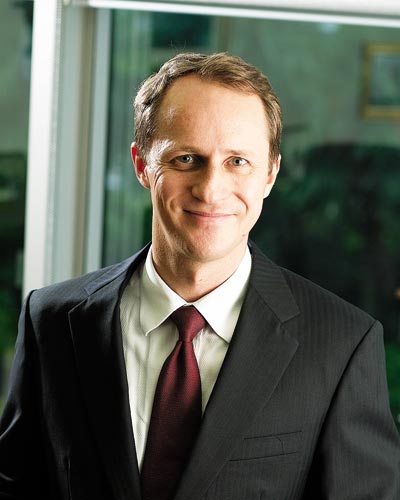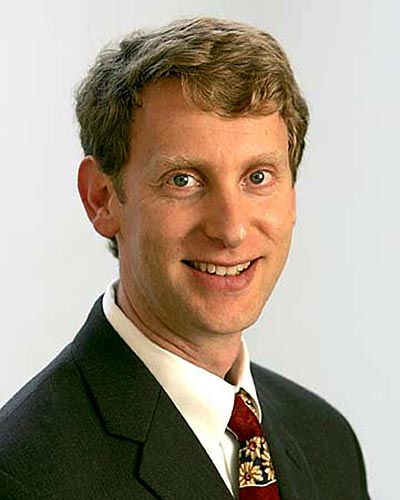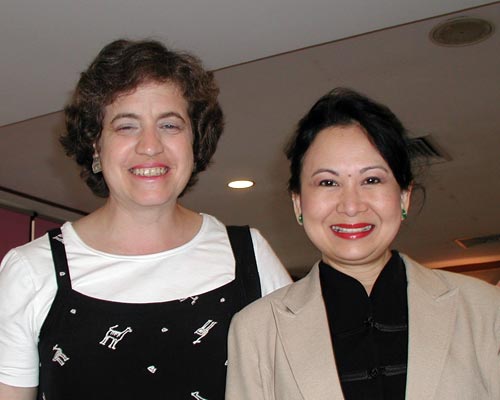The same year, NUS’ graduate program—modeled on F&ES’ own M.E.M.—was offered for the first time and enrolled about 30 students. Professors were drawn from seven departments, or “faculties,” as they’re called at NUS: science, economics, design and environment, business, law, engineering and medicine. At NUS, the concept of an interdisciplinary graduate program was itself novel. “Originally a lot of logistical work went into trying to get the different deans to buy into the goals of our program and to allow staff to teach,” said Malone-Lee. Another important focus of the program was on teaching problem-solving skills, also a fairly novel notion in Singapore, where learning has traditionally involved a lot of rote memorization; heated classroom debate was all but unheard-of. “A lot of courses are very hands-on,” she said. “We give students challenging scenarios to create plans for. They have to come up with a proposal, and then we critique their ideas in class and raise potential problems.”
Chertow became directly involved in teaching one of the core classes, a seminar on business and the environment. For several years she traveled to Singapore to offer the course, but today she co-teaches, with two professors at NUS, via video conference. The one year she was unavailable to teach, Chertow asked Toffel, an associate professor at Harvard Business School, to step in for her.
In keeping with Singapore’s reputation as a melting pot of the Pacific, NUS’ new M.E.M. program has attracted a diverse class each year, including students from the Philippines, Malaysia, Indonesia, Myanmar, Japan, China, Thailand and Vietnam. “One of the great assets, for me, of teaching at NUS,” said Chertow, is that “I really enjoy that exposure” to various regional perspectives and approaches. Students bring different assumptions based on their backgrounds and experiences. For instance, Singapore’s famed emphasis on orderliness and cleanliness—purchasing chewing gum is illegal—may strike outsiders as Draconian, but as Chertow’s students there have pointed out to her, it’s easier to understand when you’re forced to consider the climate. When you’re in the tropics, if you leave the trash out for even a few days, it will quickly start to rot. And chewing gum left on the sidewalks would remain a gooey mess. Firsthand experience of a place makes a huge difference when thinking about urban planning, she said; her students are able to share with her, and with each other, their experiences of growing up in various countries across Southeast Asia and beyond. The M.E.M. program now enrolls between 40 and 50 students each year, and its graduates have gone on to take roles across Asia in government, nongovernmental organizations and the private sector.
Now the chair of Jebsen & Jessen, Jessen maintains informal ties to NUS. He sometimes makes available his company’s industrial sites for NUS graduate students to conduct research. “The idea of field trips, of examining real-world problems outside the classroom,” he said, “is definitely something borrowed from F&ES.” For his part, Jessen is aiming to transform his family’s 115-year-old business into a beacon of sustainable business practices. Among his current goals: “We’re working to be the first carbon-neutral company in this part of the world.”



